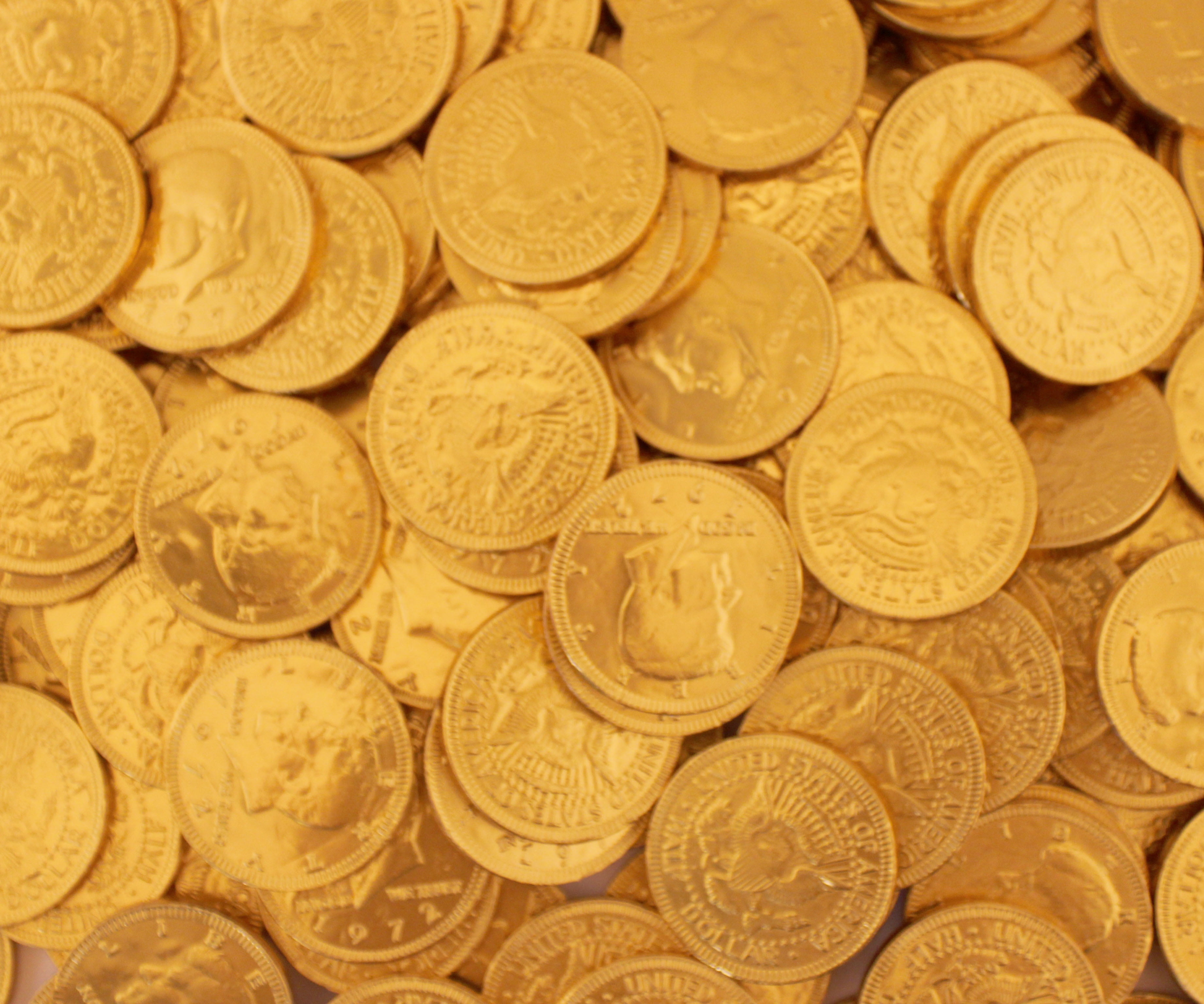

These reduced solidi, with a star both on obverse and reverse, weighed about 4.25 g. There were also solidi of weight reduced by one siliqua issued for trade with the Near East.
#Gold coinage full
The full weight solidus was struck at 72 to the Roman pound, roughly 4.48 grams in weight. The tetarteron was unpopular and was only sporadically reissued during the 10th century. The 11⁄ 12 weight coin was called a tetarteron (a Greek comparative adjective, literally "fourth-er"), and the full weight solidus was called the histamenon. In the early 9th century, a three-fourths-weight solidus was issued in parallel with a full-weight solidus, both preserving the standard of fineness, under a failed plan to force the market to accept the underweight coins at the value of the full weight coins. Although Justinian II (685–695 and 705–711) attempted a restoration of the follis size of Justinian I, the follis continued to slowly decrease in size. The Byzantine monetary system changed during the 7th century when the 40 nummi (also known as the follis), now significantly smaller, became the only bronze coin to be regularly issued. The nummus was an extremely small bronze coin, at about 8–10 mm, weight of 0.56 g making it at 576 to the Roman pound which was inconvenient because a large number of them were required even for small transactions. The start of what is viewed as Byzantine currency by numismatics began with the monetary reform of Anastasius in 498, who reformed the late Roman Empire coinage system which consisted of the gold solidus and the bronze nummi. European rulers, once they again started issuing their own coins, tended to follow a simplified version of Byzantine patterns, with full face ruler portraits on the obverse. The Byzantine coinage had a prestige that lasted until near the end of the Empire. Late Byzantine gold coins became thin wafers that could be bent by hand. The anonymous folles featured the bust of Jesus on the obverse and the inscription "XRISTUS/bASILEU/bASILE", which translates to "Christ, Emperor of Emperors"īyzantine coins followed, and took to the furthest extreme, the tendency of precious metal coinage to get thinner and wider as time goes on. In the 10th century, so-called "anonymous folles" were struck instead of the earlier coins depicting the emperor.

The type of Justinian II was revived after the end of Iconoclasm, and with variations remained the norm until the end of the Empire. Constantinople and Trebizond, the seat of the independent Empire of Trebizond (1204–1461), survived until their conquest by the Ottoman Turks in the mid-15th century.Īnastasius 40 nummi ( M) and 5 nummi ( E) Many mints, both imperial and, as the Byzantine world fragmented, belonging to autonomous local rulers, were operated in the 12th to 14th centuries. After the loss of Syracuse in 878, Constantinople became the sole mint for gold and silver coinage until the late 11th century, when major provincial mints began to re-appear. Most provincial mints except for Syracuse were closed or lost to invasions by the mid-7th century. Aside from the main metropolitan mint in the capital, Constantinople, a varying number of provincial mints were also established in other urban centres, especially during the 6th century. The East Roman or Byzantine Empire established and operated several mints throughout its history. By the end of the empire the currency was issued only in silver stavrata and minor copper coins with no gold issue. Byzantine currency, money used in the Eastern Roman Empire after the fall of the West, consisted of mainly two types of coins: the gold solidus and a variety of clearly valued bronze coins.


 0 kommentar(er)
0 kommentar(er)
